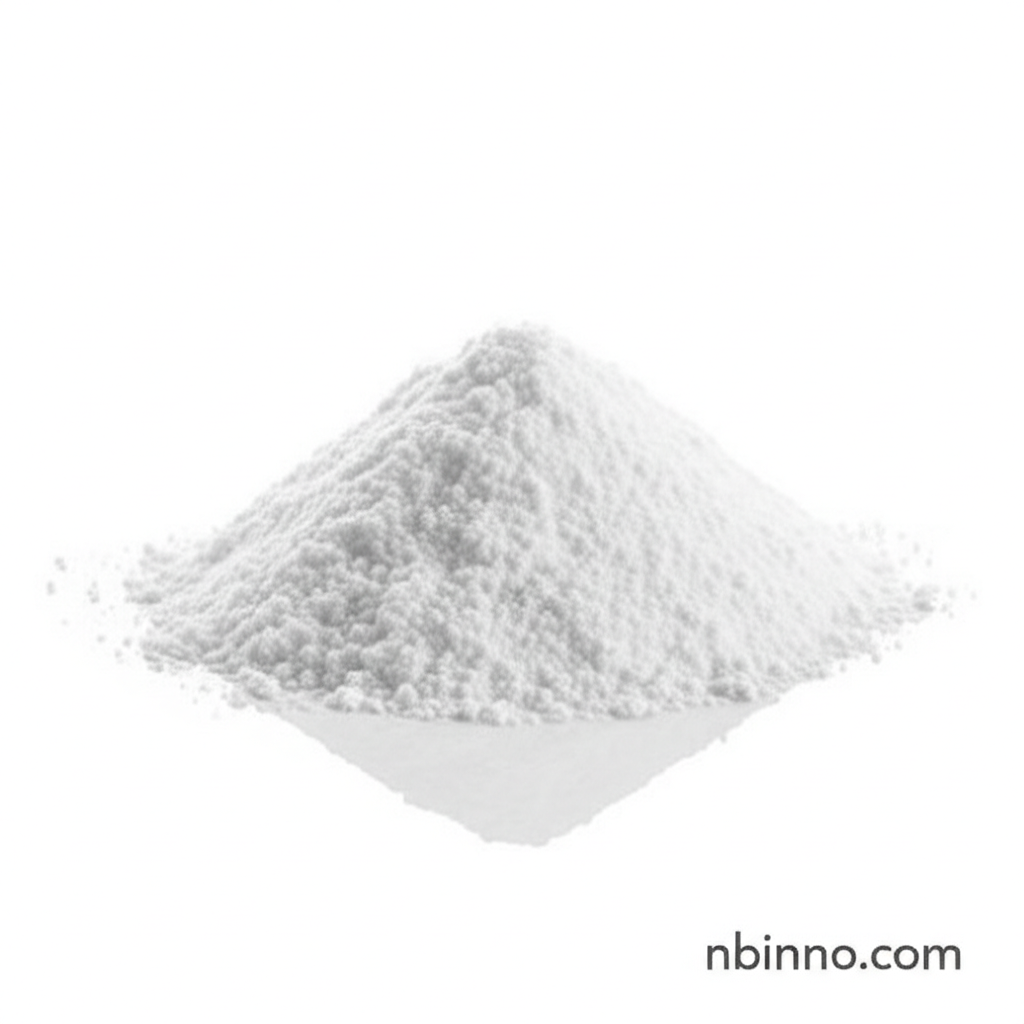NADH: The Crucial Coenzyme for Energy, Metabolism, and Cellular Health
Discover the vital role of NADH in cellular energy, metabolism, and its implications for health and aging.
Get a Quote & SampleProduct Core Value

Nicotinamide Adenine Dinucleotide (Reduced)
NADH, or Nicotinamide Adenine Dinucleotide (reduced form), is a critical coenzyme found in all living cells. It serves as a primary electron carrier in redox reactions, powering cellular energy production through its involvement in cellular respiration. Understanding the NADH and ATP production pathways is fundamental to grasping cellular vitality.
- Cellular Respiration Backbone: NADH is generated during glycolysis and the citric acid cycle, and is subsequently used in the electron transport chain to generate ATP, the energy currency of cells, highlighting its critical role in cellular respiration.
- Redox Reactions Facilitator: Acting as a biological reducing agent, NADH donates electrons to various biochemical pathways, crucial for a multitude of metabolic processes and demonstrating its core function in NADH electron carrier function.
- Metabolic Pathway Driver: Its involvement in fundamental processes like glycolysis underscores its importance in the overall NADH energy production pathways.
- Cellular Signaling Influence: The cellular ratio of NADH to NAD+ reflects the cell's redox state, influencing gene expression and cell death pathways, showcasing its capacity as a NADH as a signaling molecule.
Key Advantages
Enhanced Energy Metabolism
By facilitating electron transfer, NADH directly contributes to the efficient production of ATP, boosting overall cellular energy levels and improving metabolic efficiency. This is key to understanding the NAD+ to NADH conversion mechanism.
Support for Cellular Health
NADH's role in maintaining cellular redox balance is critical for cellular health, protecting against oxidative stress and supporting vital cellular functions. This relates to the NADH salvage pathway's role in maintaining cellular integrity.
Potential in Age-Related Conditions
Given that NAD+ metabolism in aging is a significant area of research, NADH's levels and function are being explored for their potential to combat age-related decline and associated diseases.
Key Applications
Biotechnology
Utilized in various biotechnological processes, particularly in enzymatic reactions where it acts as a crucial cofactor, contributing to the efficiency of bio-manufacturing.
Medicine
Investigated for its potential therapeutic effects in conditions related to energy metabolism and cellular dysfunction, leveraging its role in NADH and ATP production and cellular health.
Research & Development
Serves as a vital tool in biochemical and pharmacological research, enabling deeper understanding of metabolic pathways and potential drug targets related to NAD+ metabolism in aging.
Nutritional Science
Its role in energy metabolism makes it a subject of interest in nutritional science for understanding energy balance and potential interventions for fatigue and metabolic disorders.
